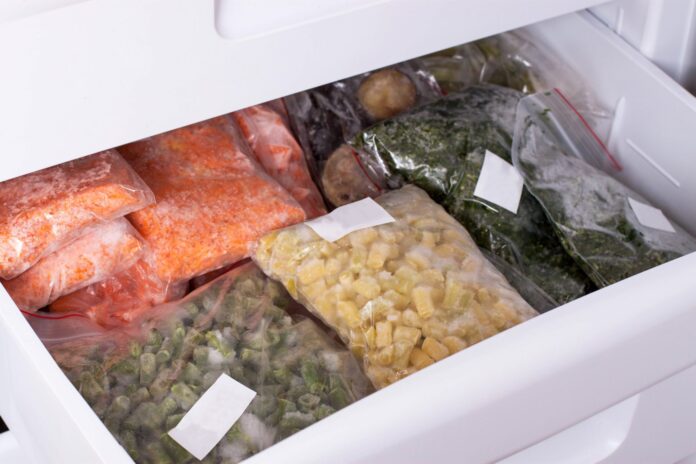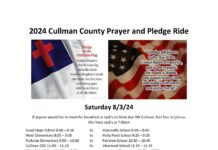AUBURN UNIVERSITY, Ala. – Freezing foods is one of the best and safest ways to preserve foods throughout the year. This technique is especially true when considering the scale of the holiday season’s bounties. An Alabama Cooperative Extension System expert has the answers about how to properly freeze foods.
Why freeze food?
Janice Hall, Macon County Extension coordinator, said freezing is one of the safest and easiest preservation practices in long term storage.
“When foods are frozen, it stops any bacteria from growing and possibly spoiling foods,” Hall said. “For example, ground beef stored in the refrigerator can last for about two to three days before it begins to show signs of spoilage. If you freeze the same ground beef, it will last in the freezer for up to three months.”
The danger zone
Improperly refrigerating or freezing foods allows harmful bacteria to grow. When any food’s temperature measures between 41 and 135 F, it is in the ‘danger zone’ for food.
Like the classic rock anthem of the 80s says, there is a highway to the danger zone–especially when it comes to food safety. To help guide consumers, the temperature danger zone should always be referenced when serving or storing foods.
This danger occurs most during holidays and tailgating season when foods are in non-refrigerated environments for longer periods of time.
“Do not put hot food in the refrigerator to cool,” Hall said. “Bacteria can grow on warm foods kept in the danger zone for more than two hours. Also, putting hot foods in the refrigerator can warm the inside temperatures, exposing other food to dangerous danger zone temperature levels.”
Practicing proper freezing
There are options to choose from when freezing foods and leftovers. Hall says the best choice is to use freezer-approved bags or containers combined with a labeling system.
“Labeling helps give the food handler an idea of what the food is, how long it has been in the freezer, and whether it is time to discard,” Hall said.
The freezer label should include the name of the food as well as the date that it was packaged and placed in the freezer. By referring to the label, there is no question of when it was initially frozen and how much time is left before it should be consumed for quality purposes.
A useful method to remember is first in, first out or FIFO. By utilizing the FIFO process, the oldest products in the freezer will be consumed first. Performing this technique will better ensure that foods will not be stored beyond their recommended quality date.
Freezer burn
One of the most common effects of prolonged freezing is freezer burn. Food with freezer burn appears grey in color with a dry texture covered in tiny ice crystals. When air reaches improperly wrapped and stored foods, freezer burn will occur, making even the best steak appear unpleasant.
“Foods stored beyond the quality dates are still safe to eat; however, they may have off flavors and colors,” Hall said.
Holiday leftovers
After any large meal, especially during the holidays, there are bound to be leftovers. Once the feast is over, the clock begins ticking to decide what to do with them.
“Consume all holiday leftovers within three to four days of preparation,” Hall said. “Any leftovers that may not be used, can be frozen before this timeframe and consumed within six months for quality purposes.”
The meat from the classic Thanksgiving or Christmas turkey or ham should be removed from the bone and divided into smaller portions. Ensure that the meat has cooled properly before freezing the portions. To expedite the cooling process, the turkey or other proteins can cool in a container (stainless steel works best) placed into an ice slurry. Occasionally mix the colder pieces in with the warmer pieces to evenly distribute the temperature.
Staying safe for the holidays
Although food safety and freezing are associated the most with the holidays, food safety should be practiced year-round. Use these tips during every month of the year to make sure the family doesn’t become sick or have food waste. Also, share these tips with neighbors and others about using the best freezing methods available.
Materials published by the Alabama Extension Food Safety and Quality team are based on research-based, lab-tested recipes. Always refer to the National Center for Home Food Preservation, National Institute of Food and Agriculture and U.S. Department of Agriculture for the most current and safest preservation practices.
More information
To learn more about food safety during the holidays, check out some of the food safety materials at www.aces.edu.



























